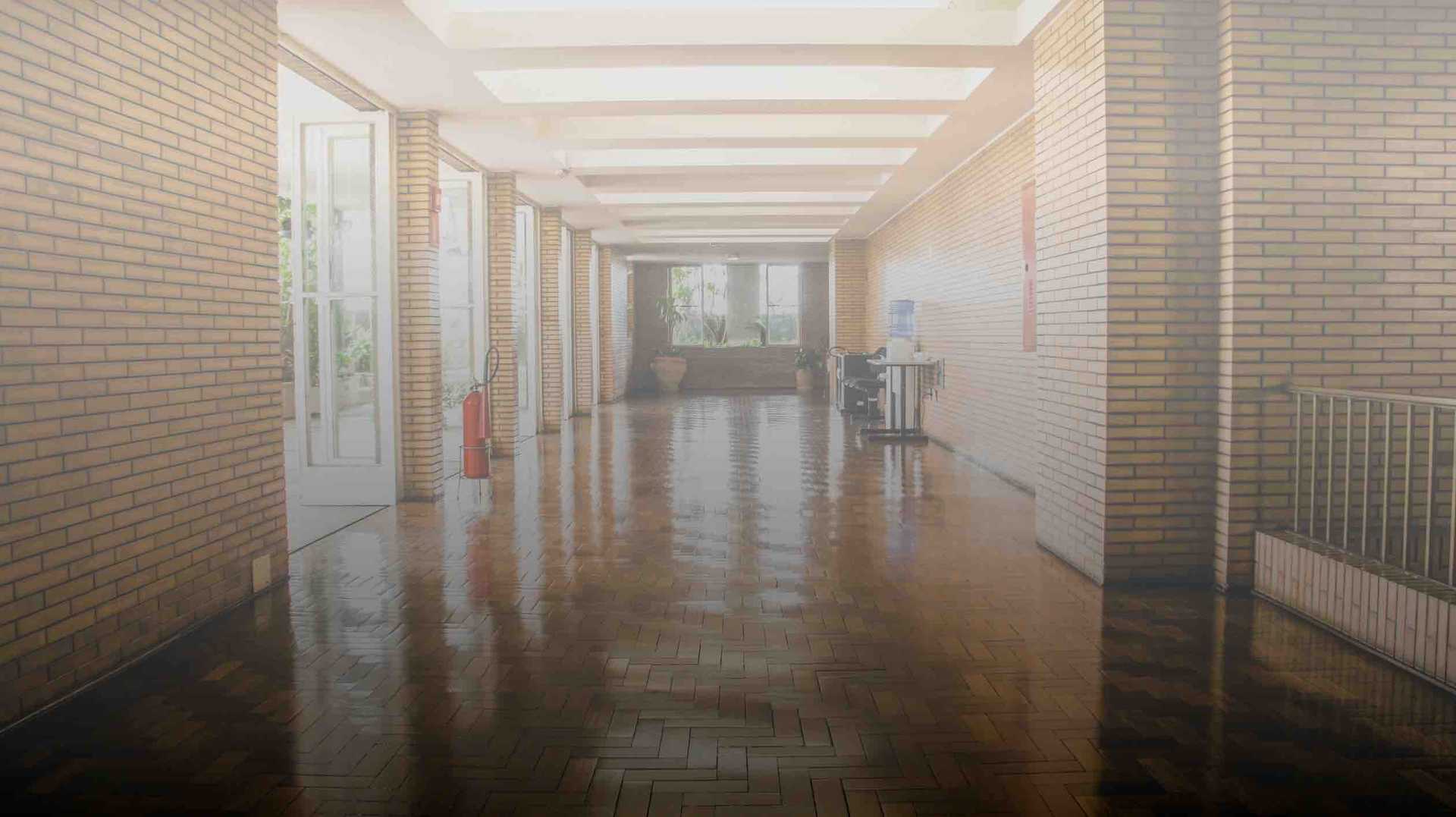A RAND survey conducted in January 2021 found that nearly one in four teachers were considering leaving their jobs, compared with one in six before the pandemic--still a concerning number. Teacher turnover has been an ongoing concern in education, with 30% of teachers leaving the profession within 5 years. 85% of these departing teachers cite work-life imbalance as a major contributor to teacher burnout, a state of chronic stress and exhaustion contributing to feelings of ineffectiveness.
According to philosopher of education Doris Santoro, “teachers in high-pressure environments with inadequate supports are susceptible to burnout. School leaders should be attentive to these conditions and address them.” From the outside, it is easy to assume teachers who leave simply couldn’t handle the pressure or are looking for greener (less stressful, more financially rewarding) pastures, but these common assumptions don’t fully capture the reasons that dedicated educators are leaving the profession.
Burnout vs. Demoralization
Santoro’s book Demoralized: Why Teachers Leave the Profession They Love and How They Can Stay makes the case that “demoralization” better captures the complex reasons teachers are leaving: “If the focus is on the individual, then the problem is not systemic or institutional or policy-based….(Self-care) is an insufficient and entirely too passive way to address the problems teachers are encountering today.”
Additionally, while financial compensation concerns also contribute to teacher shortages, this is a symptom of the practical problem that teacher candidates are unable to take on student debt given the compensation they can expect. Teachers’ salaries have been declining since the 1990s relative to comparable workers, with teachers earning about 17% less than similarly educated college graduates. Many with families even qualify for government assistance such as free or reduced-price lunch for their own children.
So Why Are Teachers Really Leaving the Classroom?
Beyond the most readily apparent concerns of pay, work-life balance, and additional pandemic responsibilities, the reasons teachers leave often have to do with moral concerns about the state of education:
- Concerns about student well-being in schools that focus on academic achievement over the social-emotional needs of students (particularly in high-poverty schools). Viral teacher resignation letters also cited punitive accountability systems as a moral reason to leave.
- Scripted curriculum geared towards high-stakes testing that fails to meet the needs of diverse learners. Teachers often feel that schools reject their expertise in favor of wholesale adoption of the latest (often expensive) product.
- Inadequate preparation. According to Linda Darling-Hammond, president and CEO of Learning Policy Institute, “Preparation and mentoring matter a lot. Teachers who are well-prepared leave at more than two times lower rates than teachers who are not fully prepared.”
- Technology can also be an issue--but not because teachers don’t want to adapt. A more common concern is that the sheer volume of data entry and paperwork accompanying the newest initiative takes time from obligations to students.
- The integrity of the profession is another concern, encompassing issues such as pressure to pass students for better-looking school data, or fast-track licenses that some teachers perceive as deprofessionalizing their work.
The Teacher Shortage Problem
With an estimated 8% annual attrition rate and only about one-third of those departures due to retirement, the U.S. is faced with a serious teacher-shortage problem. Research points to dropping enrollment in teacher education programs, and there is a particular challenge with hard-to-staff positions such as mathematics, science, special education, and bilingual/ESL education--especially when wages for other math and science jobs tend to be much higher. Shortages also affect low-income and minority schools the most, and teachers of color are disproportionately vulnerable to working conditions that lead to burnout, exacerbating existing inequities.
The Complexity of Fixing Teacher Burnout
While salary does matter, offering teachers more money is not a panacea; the deeper issues with working conditions need to be addressed for teachers to reap the “moral rewards” that drew them to education in the first place.
Santoro suggests that this starts with rethinking how we gather data on teacher concerns: “The ways teacher dissatisfaction is captured...is mostly from a self-interested position, rather than giving them the space to express concern for students or about being stewards of the profession,” she points out. “So when a teacher says, 'I can’t be creative in the classroom anymore," what she may mean is 'I can’t be more responsive to my students' needs.'”
Ultimately, teachers want to stay in the classroom. Fixing this problem will require treating them as partners in problem-solving and acknowledging their need for influence and autonomy.
How Yup Can Help with Teacher Burnout
Yup works to both accelerate student learning and expand teacher capacity. Here is how Yup helps to address teacher burnout concerns:
✅ Yup does not sacrifice student well-being for achievement. Yup’s approach is rooted in empathy that praises students for productive struggle and growth mindset.
✅ Yup is not a scripted curriculum and does not require additional data entry. Yup tutoring is driven by students submitting problems they are struggling with, so it is a supplement, not a replacement for the expertise of teachers (nor does it create more paperwork!).
✅ Yup offers unlimited 24/7 individualized support--so teachers don’t have to. Yup offers students the unlimited individualized support that teachers are often asked (or feel compelled) to offer outside of work hours.
✅ Yup tutors are highly qualified. Yup tutors are screened for math expertise and teaching skills, and only the top 5% of applicants are accepted to ensure that Yup students receive the highest quality math help from well-prepared tutors.
To learn more about how Yup supports both students and teachers, visit our Yup for teachers or administrators pages, or contact partnerships@yup.com to learn more about bringing Yup to your school or district.







